Last updated on March 10th, 2024 at 06:46 pm
In back pain, when your doctor tells you to have an MRI scan, and reports say that you have a mild diffuse disc bulge at the L4-L5-L5-S1 level, then you become a little worried and get confused about what this is after all. But you do not need to worry because in this article I will clear all the confusion related to it and will also talk about the best and most effective L4 L5 S1 bulging disc exercises.
However, if you feel that your pain is severe and you can’t do the exercises, you should first reduce the severe pain and then proceed with the exercises. Read this article for step-by-step guidance on how to get rid of low back pain when you have severe pain and can’t even move.
What is a diffuse disc bulge?
Friends, after all, what does diffuse disc bulge mean? In disc bulge there is a disc in the spine of our low back, which we call intervertebral disc, in between each vertebral body there’s a disc. So, if somehow the disc gets punctured it pops out slightly and presses the adjacent nerves. The most confirmatory way to diagnose this issue is by disc hernia MRI investigation.
So, diffuse disc bulge, i.e., the “diffuse” means how severe the disc bulge is; it designates the level of disc hernia. Diffuse means it is not too severe; it’s mild or even less than that which we can easily manage by exercises. Actually, depending on the severity, disc bulge or disc hernia can be divided into 4 stages. Read “4 Stages of Disc Herniation: Symptoms & Treatment” for more insight.
So if you have a diffuse disc bulge L4-L5 and L5-S1, that is, you have a mild disc bulge, which we can easily manage, for this you do not need to worry.
6 Effective L4 L5 S1 bulging disc exercises
Whatever exercises we are going to learn are extension-biased exercises. Actually, the extension of the lower back helps realign the bulged disc back into its original position, and this is what these exercises aim for.
All the following exercises have low back extension motion as an essential component. Let’s start with the bridging exercise.
#1 Bridging exercise for L4-L5-S1 strengthening
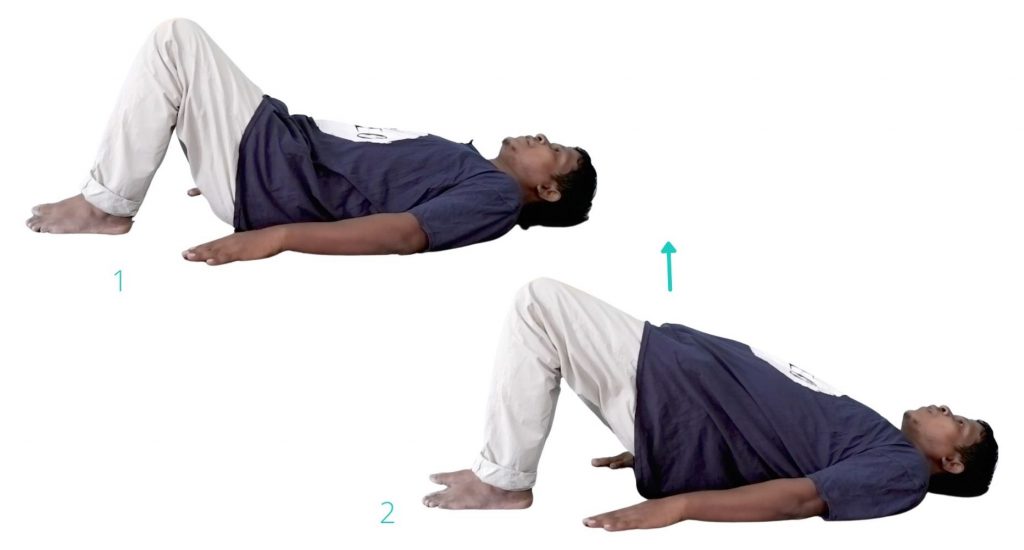
If you have been diagnosed with a diffuse disc bulge at L4-L5 and L5-S1, then you may be familiar with the various exercises that can help relieve your pain and discomfort. One such exercise is the bridging exercise, which can be incredibly helpful in improving your core strength, balance, and overall flexibility.
- To begin, lie down flat on your back, making sure that you are comfortable and relaxed. Bend both your knees and keep your feet side by side.
- Once you are in this position, slowly raise your waist, taking it as high as possible.
- Hold this position for five seconds, counting one, two, three, four, five, and then relax your waist.
- Repeat this process again, counting 1, 2, 3, 4, 5, and then relax.
- Keep repeating this process at least 15 to 20 times in one session, gradually increasing the number of repetitions as you become more comfortable with the exercise.
#2 Chest raising in prone for mild diffuse disc bulge l4 l5
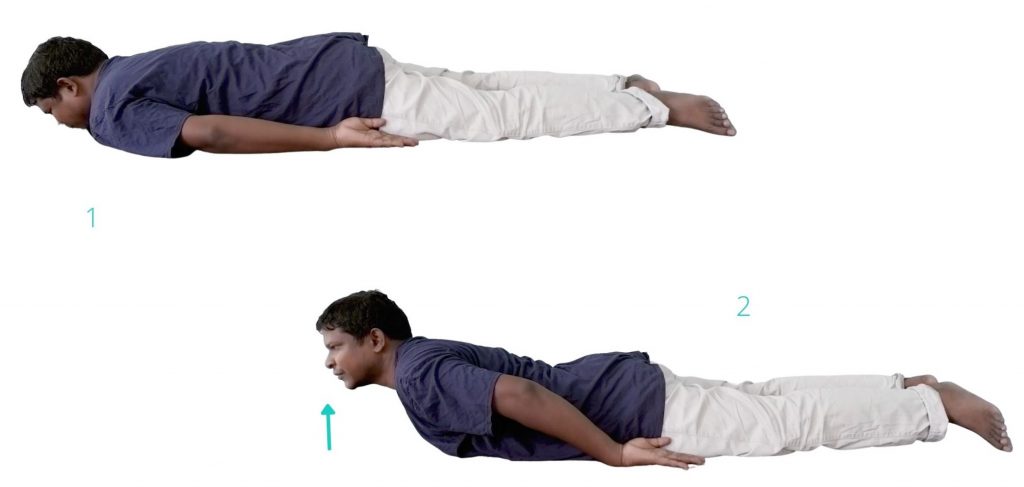
Our next exercise is chest raising in prone lying. This exercise is really helpful for strengthening your upper back muscles. To perform this exercise:
- First, lie down on your tummy, making sure that your legs are straight and your feet are relaxed. Then, place both your hands on the side, next to your shoulders, with your palms facing down towards the floor.
- Now, slowly lift your neck and chest towards the ceiling, as high as you can go while keeping your elbows close to your body.
- Hold this position for 5 seconds and count 1, 2, 3, 4, 5. Keep your gaze forward and avoid straining your neck.
- After holding the position for 5 seconds, relax and bring your chest and neck back down to the floor. Then, repeat the exercise, holding the position for 5 seconds and counting 1 2 3 4 5.
- Do this exercise 10-15 times in a session and twice a day.
#3 Straight leg raise in prone
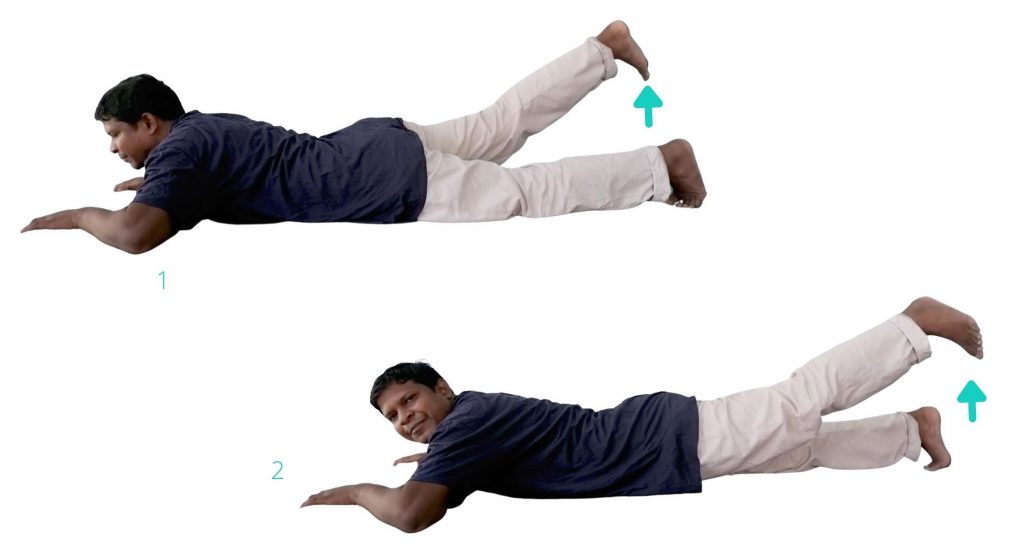
This exercise is designed to do just that.
- First, lie down flat on your tummy with both arms resting by your sides.
- Now, raise one leg straight up, ensuring the knee is completely straightened.
- Hold this position for five seconds, counting 1, 2, 3, 4, 5, then slowly lower the leg back down.
- Next, switch to the other leg and repeat the same process. Remember to keep the knee straight and hold the position for five seconds before lowering the leg down.
- To continue this exercise, alternate between lifting each leg in the same way, holding for five seconds, and then lowering back down.
- Keep switching back and forth between legs for 20 repetitions in a single session.
#4 Hand and leg raise for mild diffuse disc bulge at L4-L5-S1
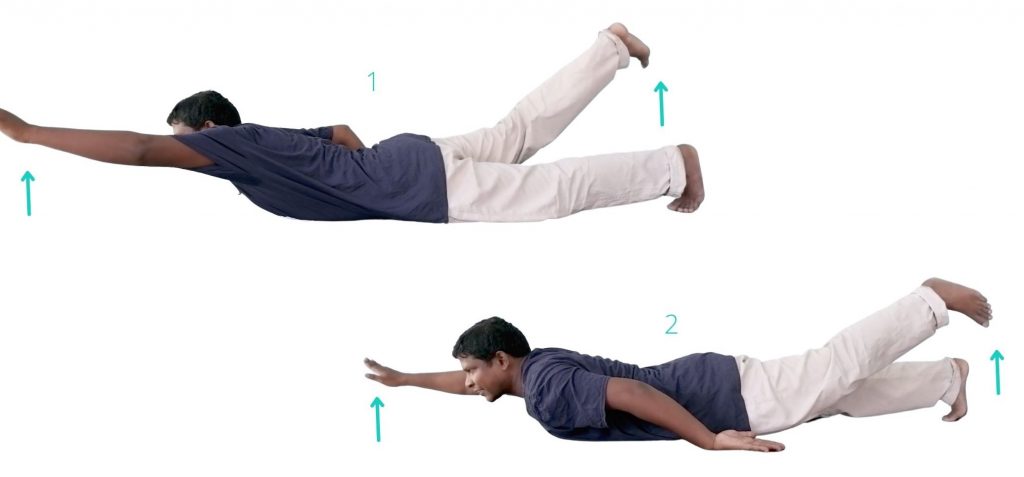
The fourth exercise among the 6 easy L4 L5 S1 bulging disc exercises is lifting the hand and leg in supine lying. This exercise is a great way to strengthen both your upper and lower back muscles simultaneously. In fact, it’s a combination of both the upper and lower back strengthening exercises that we just discussed.
- To begin, lie on your back with your legs straight and your arms extended above your head. Take a deep breath and exhale slowly.
- Now, lift your left arm and right leg simultaneously, making sure that you keep both limbs completely straight.
- Hold this position for about 5 seconds and then relax.
- Repeat the same process on the opposite side, lifting your right arm and left leg.
- It’s important to remember that you must raise the opposite limbs. So if you lift your left hand, then you will also lift your right leg, as shown in the figure. While doing this exercise, ensure your knees and elbow joints do not bend.
- Repeat this process alternately on each side for at least 20 times in a session, twice daily.
- This exercise is a great way to strengthen your back muscles and help alleviate the pain caused by a bulging disc.
#5 Hand leg raise in quadruped
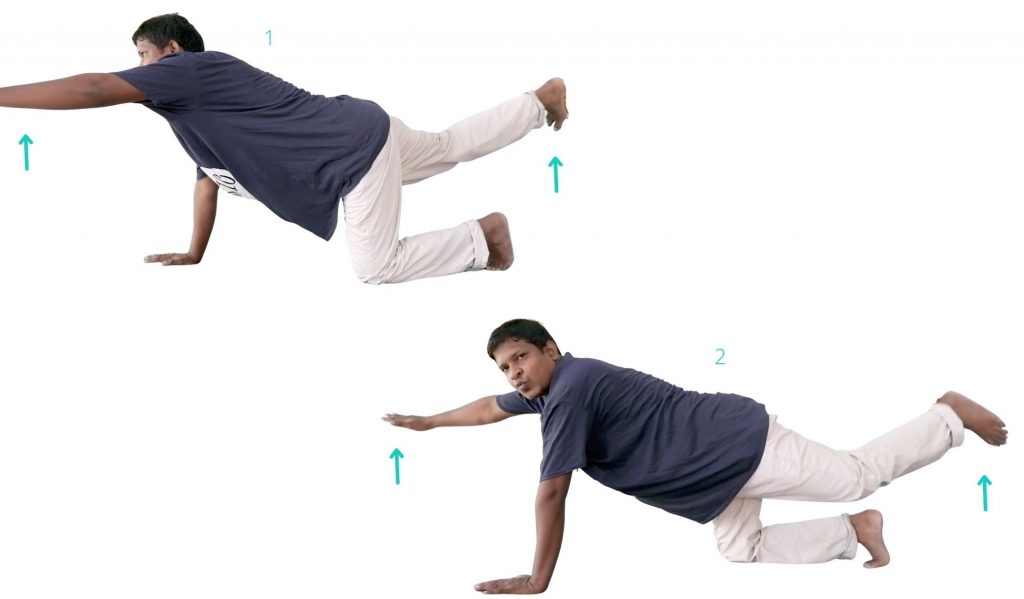
In addition to the hand and leg raise exercise we already discussed, there is another variation that can be done in a quadruped position. To get into this position, simply kneel down and lower yourself onto both hands, with your knees and feet on the ground. This is referred to as the quadruped position.
- Once in the quadruped position, you can begin the exercise by raising one arm and the opposite leg. For example, if you raise your left arm, you should lift your right leg as shown in the figure.
- Hold this position for 5 seconds, making sure to keep your elbow and knee completely straight.
- Next, lower your arm and leg back down and repeat the exercise on the other side, raising your right and left leg.
- Again, hold this position for 5 seconds with your elbow and knee straight.
- Continue alternating between lifting your left arm and right leg and your right arm and left leg for 10 to 15 repetitions. You can do as many sets as you feel comfortable with, but it’s important to maintain proper form and not overexert yourself. This exercise is great for strengthening your core, improving your balance and coordination, and building overall strength in your arms and legs. Give it a try and see how it can benefit your fitness routine!
#6 Cat and dog exercise for herniated disc L5 S1
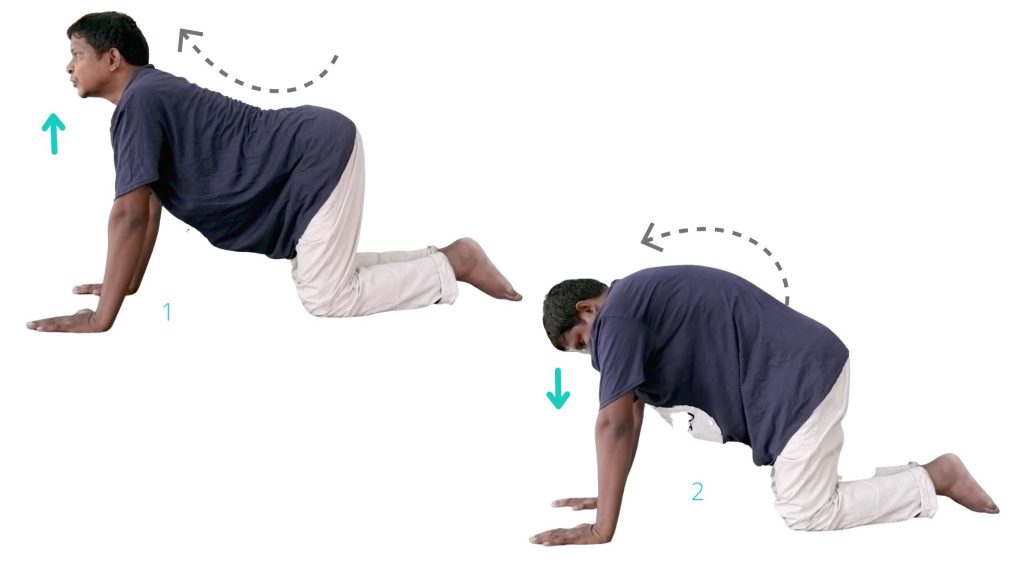
The cat and dog exercise is performed in a quadruped position, which means that you will be on your hands and knees.
- To begin, curve your waist upwards while bending your neck down. This is the cat exercise.
- Hold this position for 5 to 10 seconds before moving on to the next step.
- Next, raise your neck and allow your waist to curve downward. This is the dog exercise.
- Hold this position for 5 to 10 seconds before returning to the cat exercise position.
- Repeat this cat and dog posture alternately as many times as you can. However, it is recommended that you do this exercise at least 10 to 15 times in one session.
L4-L5-S1 bulging disc exercises to avoid
All the above exercises are extension-biased exercises, which means we have to avoid all those that involve forward bending/flexion of the lower back. Examples include stretching the hamstring in standing and toe-touching exercises in standing and sitting.
I have covered all these exercises in one of my dedicated articles titled “7 Exercises to Avoid with Bulging Lumbar Disc“, which you can go and read for a better understanding.
Final word
Despite all these exercises, if your back pain is not getting better, you should seek help from your physiotherapist. Your physiotherapist will give you TENS and lumbar traction. In lumbar traction, they will use a device to create a pull in your back, so that wherever the nerve is stuck between the disc, it will be set free, and you will be relieved from pain. At the same time, we strongly recommend visiting a disc herniation doctor (orthopaedic doctor).
Keep reading: Back pain belt: How to use, select fit size for yourself
The author is a physiotherapist who has been practising for the last 17 years. He holds a Bachelor's in Physiotherapy (BPT) from SVNIRTAR (Swami Vivekananda National Institute of Rehabilitation and Research), one of the prestigious physiotherapy schools in India.
Whatever he learns dealing with his patient, he shares it with the world through blogs and e-books. He also owns a YouTube channel, "Sunit Physiotherapist" with over 8 lakh active subscribers. Here, he shares everything he gets to learn serving the patient.
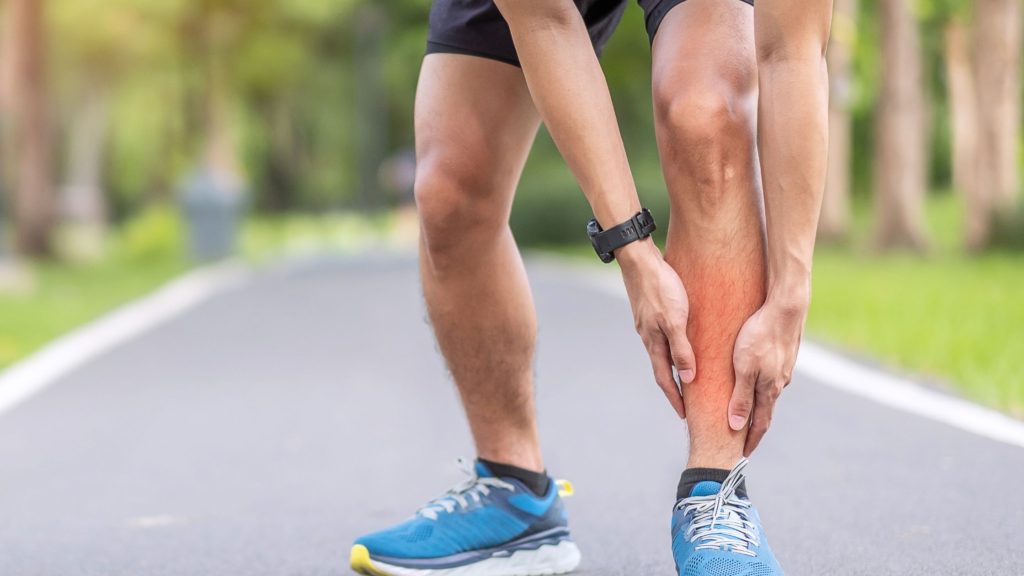
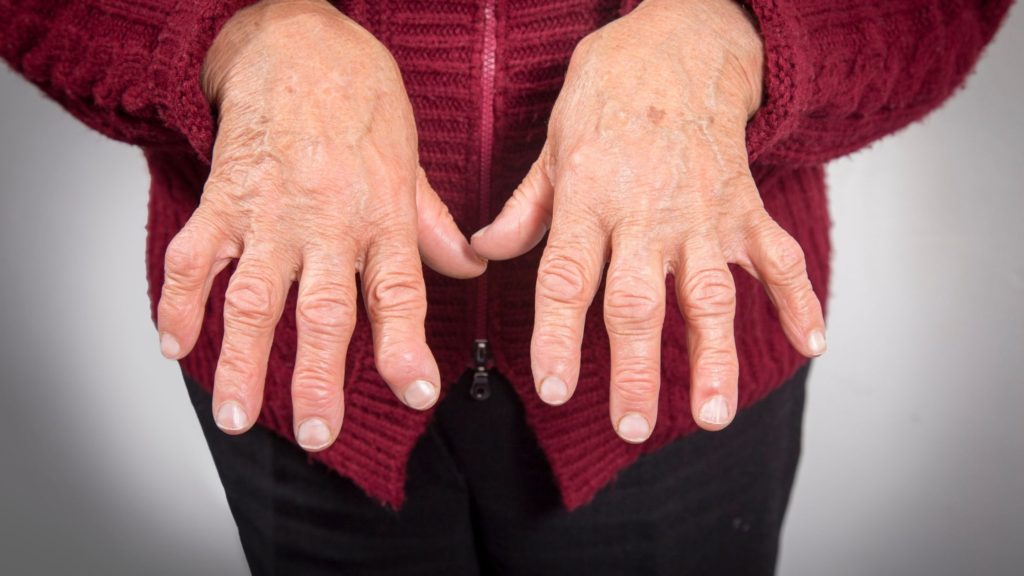
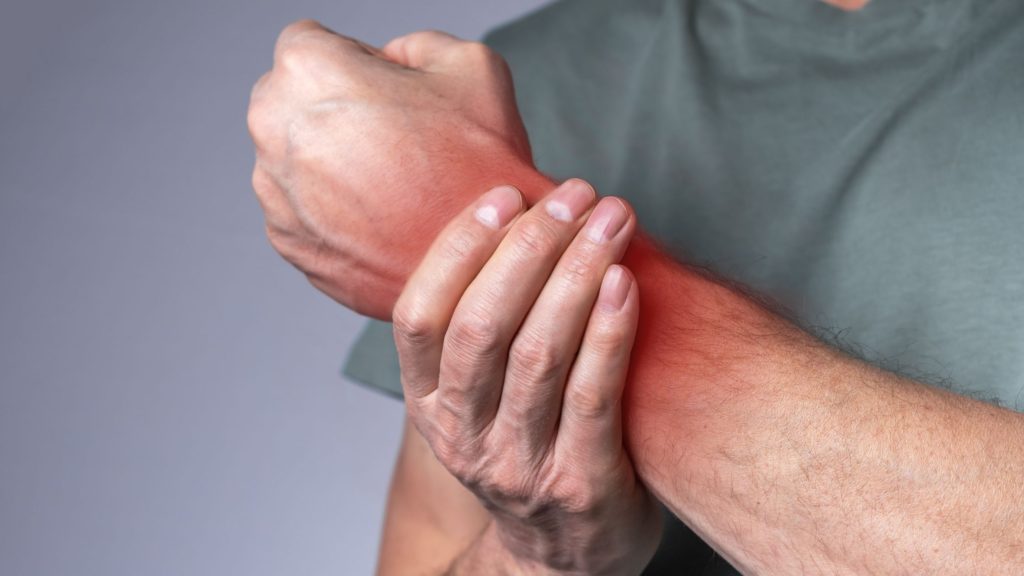
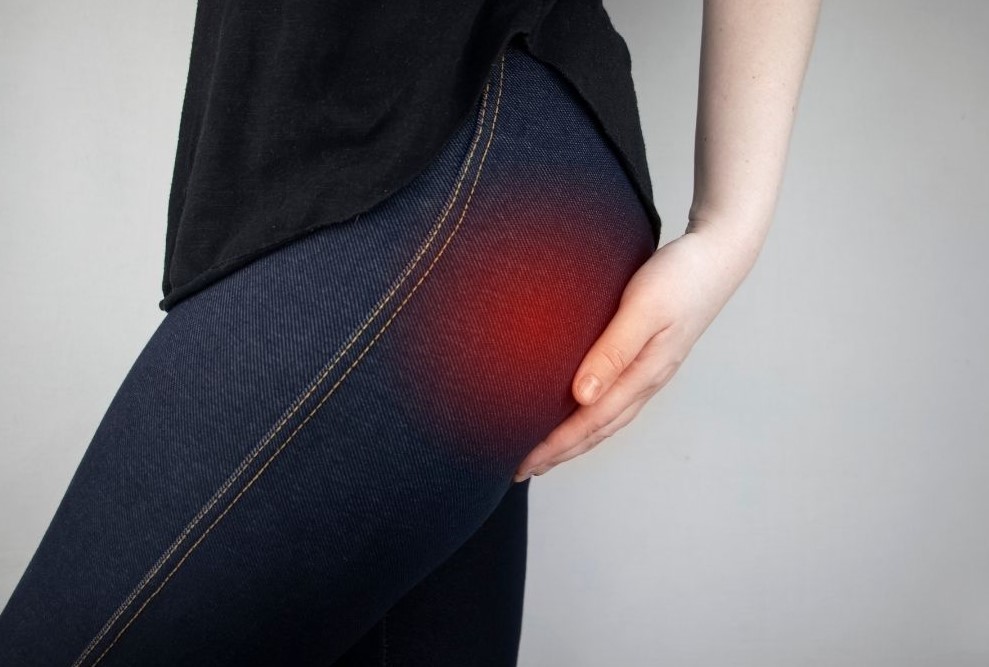
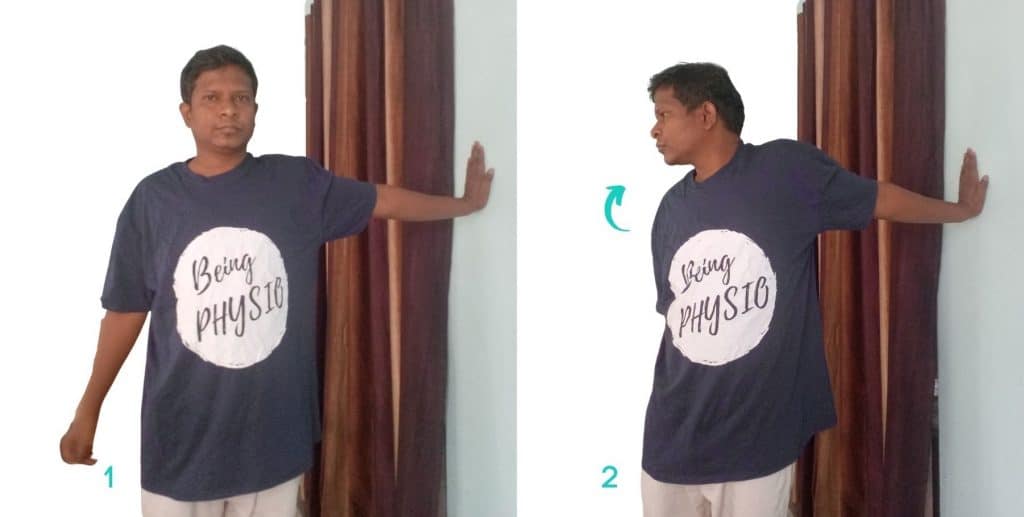

Pingback: 6 Best Diffuse Disc Bulge at L4-L5 and L5-S1 Treatment Exercises – Rambam Wellness
Hi Sunit,
I need to see you in person for advice on my mother’s back pain issues , May i know whereabouts you located and contact info of your practice. We are in Aurangabad -Maharashtra.
Thanks
Sunil
Pingback: 5 Quick Back Pain Relief Home Tips to Get Back to Work Early - Physiosunit
Nice information